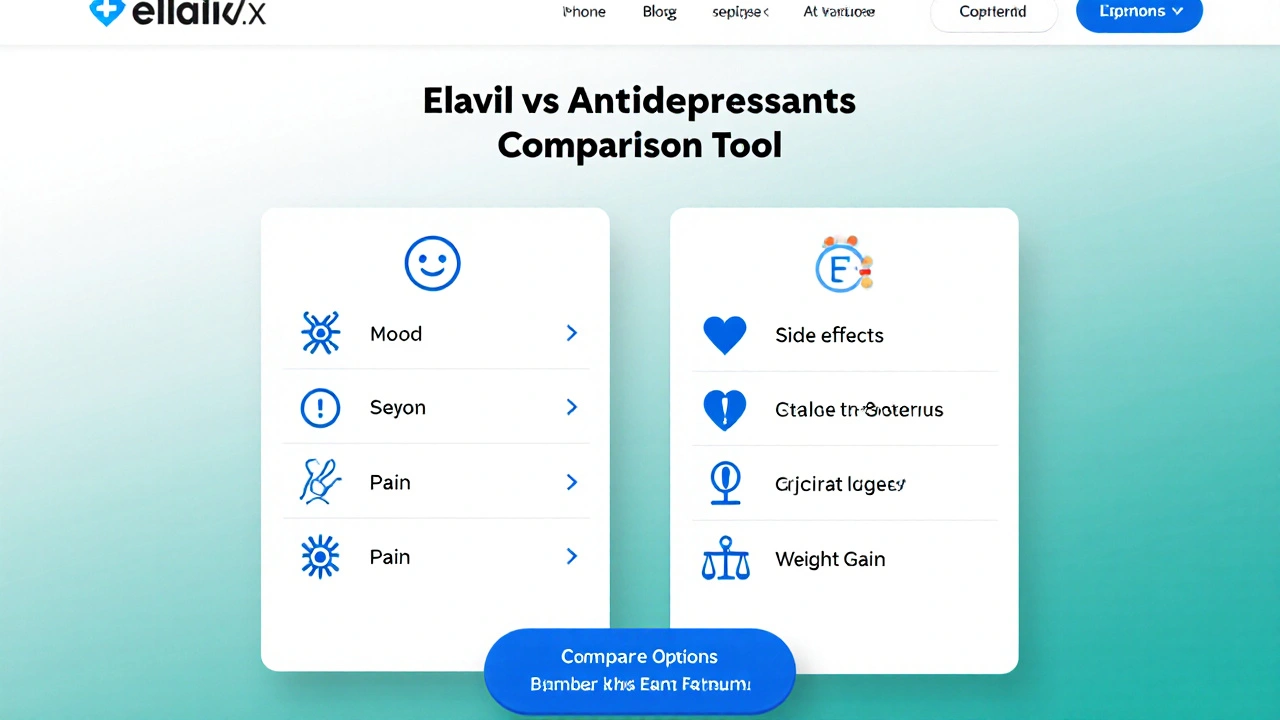When dealing with antidepressant options, medications prescribed to lift mood, reduce anxiety and improve daily functioning for people with depression. Also known as antidepressants, they differ in chemistry, side‑effect profile, and price. Antidepressant options range from older tricyclics to modern agents, and the right choice often hinges on how a drug works, how it’s tolerated, and how much it costs.
One of the most common families is SSRIs, selective serotonin reuptake inhibitors that boost serotonin levels in the brain. They include well‑known names like Lexapro (escitalopram) and Prozac (fluoxetine). Another major group is SNRIs, serotonin‑norepinephrine reuptake inhibitors that target two neurotransmitters for a broader effect, with duloxetine (Cymbalta) as a prime example. Atypical antidepressants, drugs that don’t fit the classic SSRI or SNRI mold, such as bupropion (Wellbutrin) and mirtazapine, offer alternatives when standard agents cause unwanted side effects. Finally, generic antidepressants, non‑brand versions that deliver the same active ingredient at a lower price are crucial for staying on budget while maintaining effectiveness.
Understanding these categories helps you see how antidepressant options encompass SSRIs, SNRIs, atypical agents, and their generic equivalents. Choosing the right medication often requires balancing efficacy, side‑effects, drug interactions, and cost – a classic “efficacy × tolerance ÷ price” trade‑off. Our collection below walks you through detailed comparisons (like Lexapro vs. generic versions), safety tips for each class, and step‑by‑step guides on buying cheap generics online in the UK. Whether you’re a first‑time patient, a clinician looking for quick reference, or just curious about how these drugs differ, you’ll find practical insights that cut through the jargon. Dive into the articles to see side‑by‑side tables, real‑world dosing advice, and trusted pharmacy‑shopping strategies that empower you to make an informed choice.

Explore how Elavil (Amitriptyline) measures up against popular antidepressant alternatives, with side‑effect comparisons, costs, and a practical switch guide.
